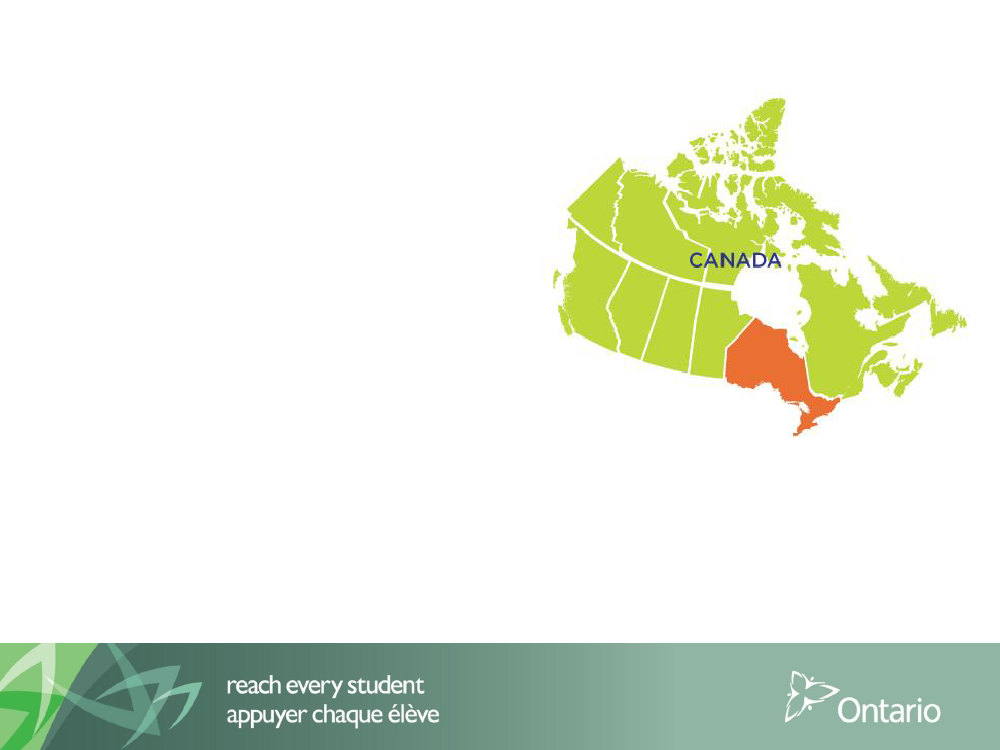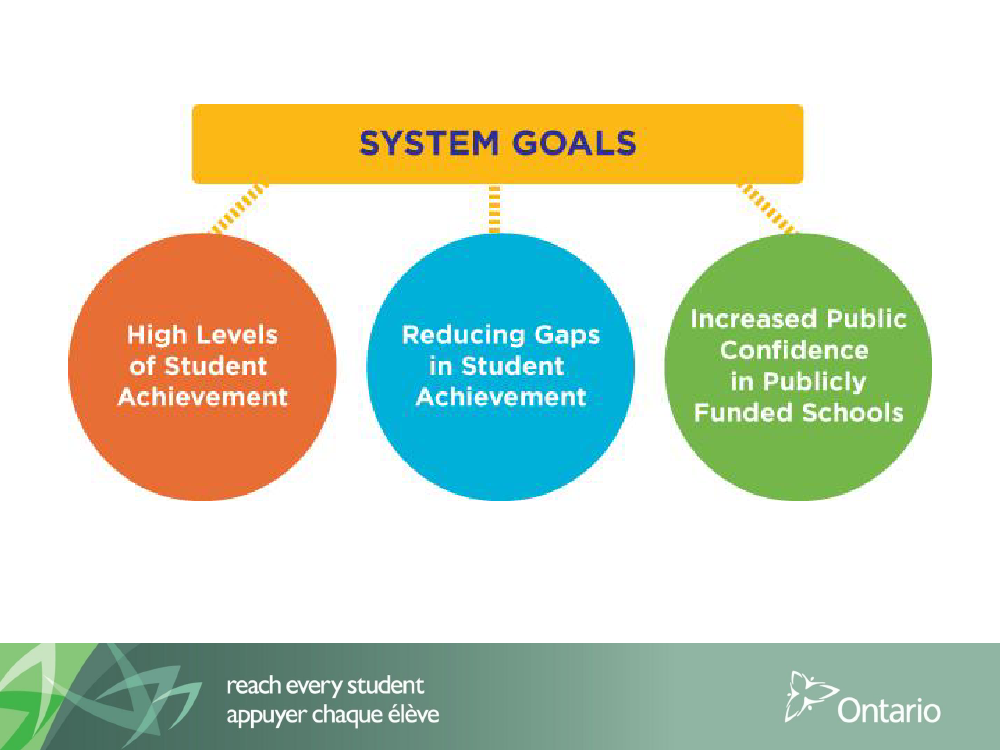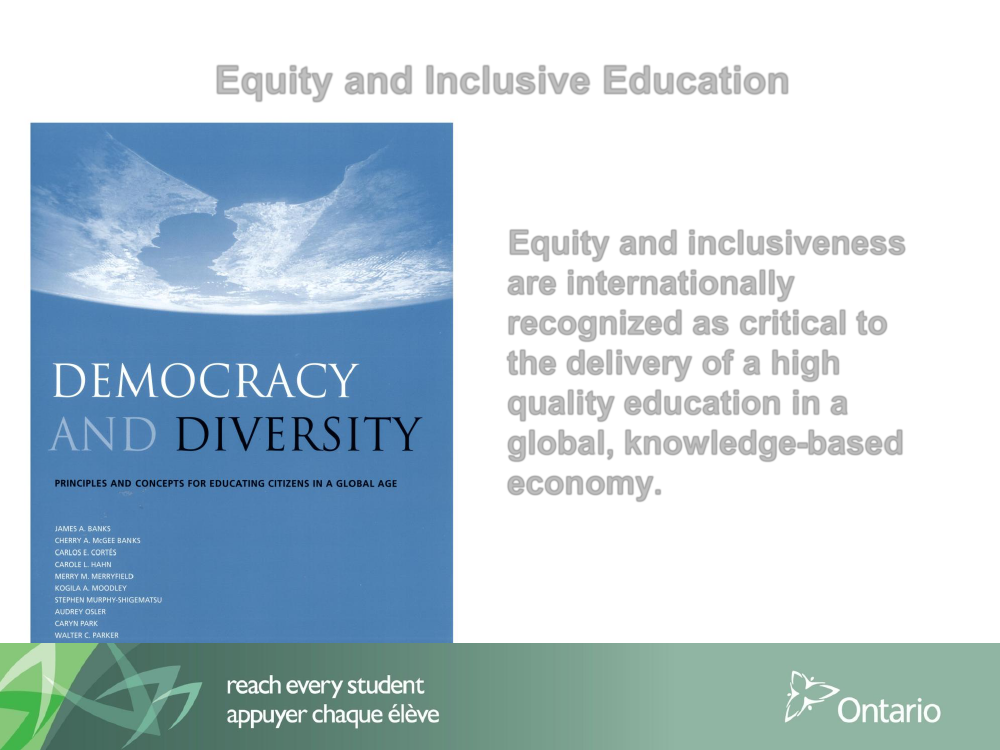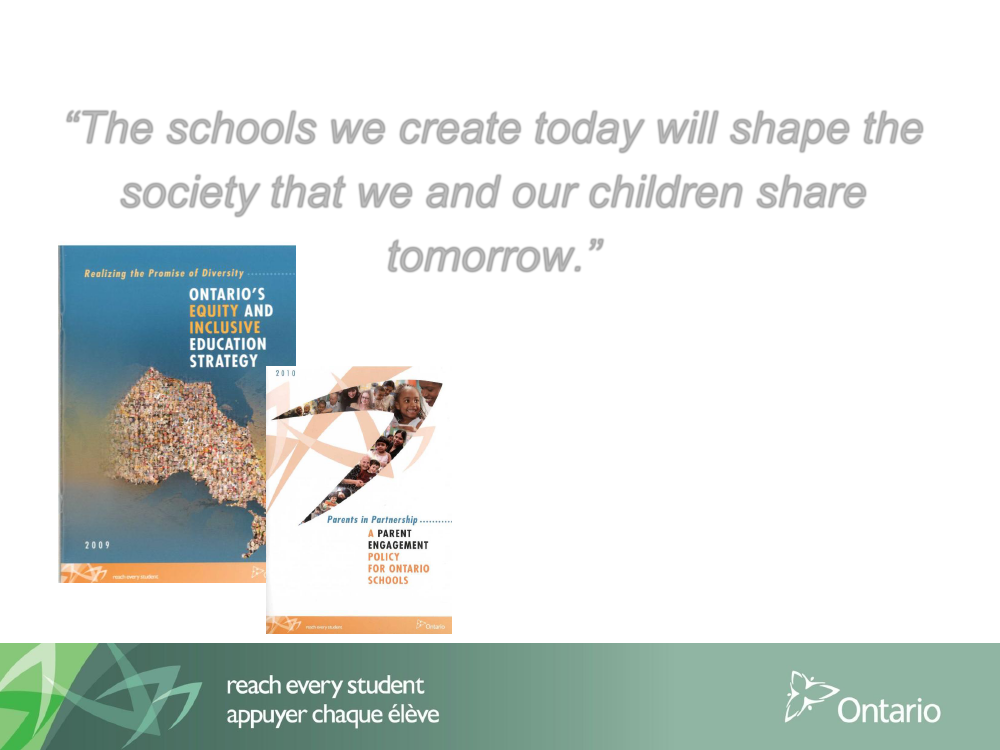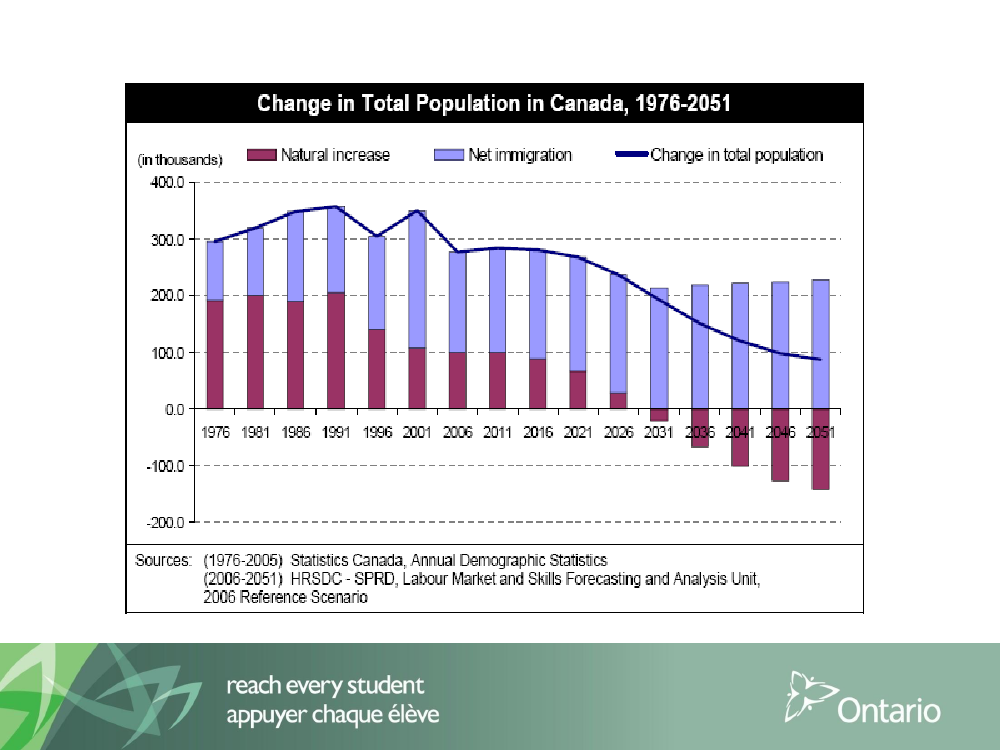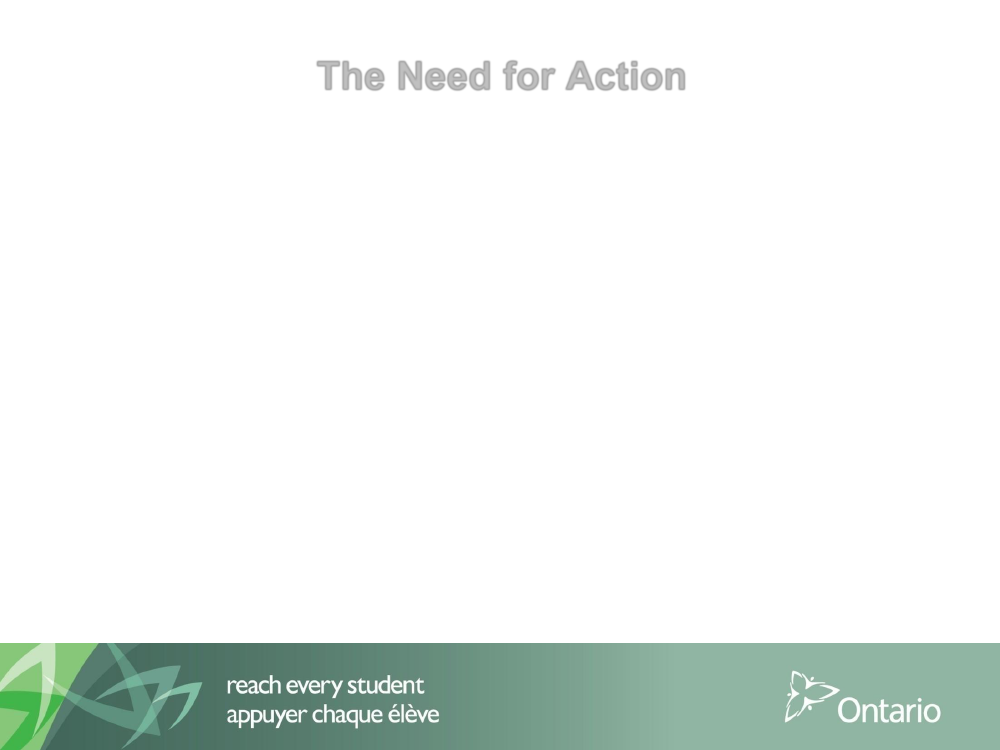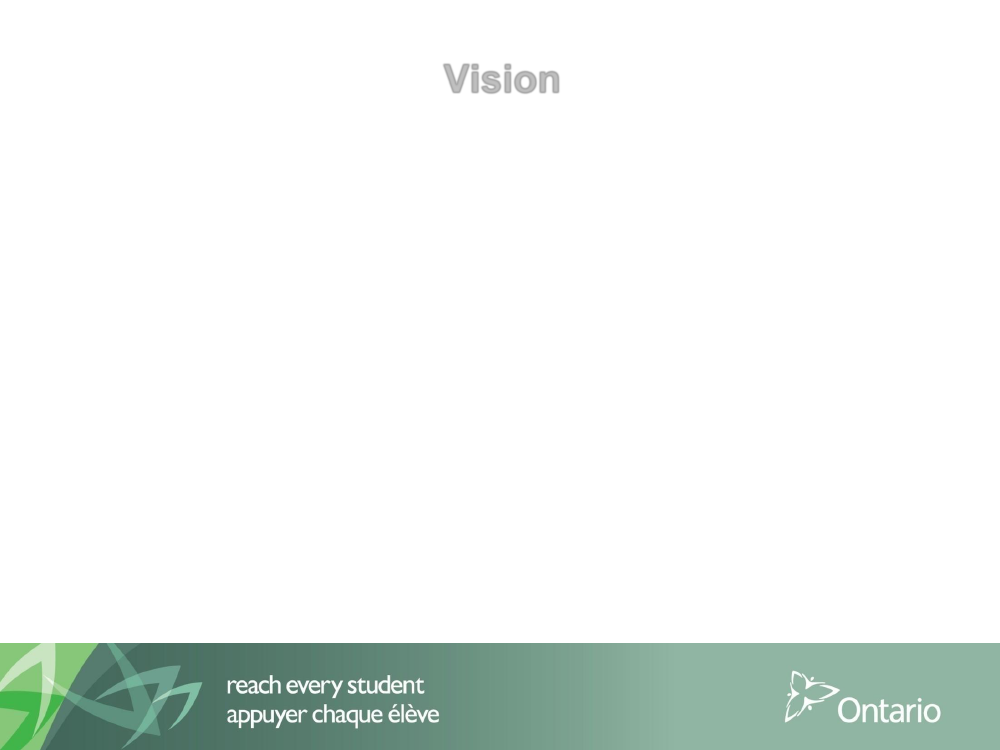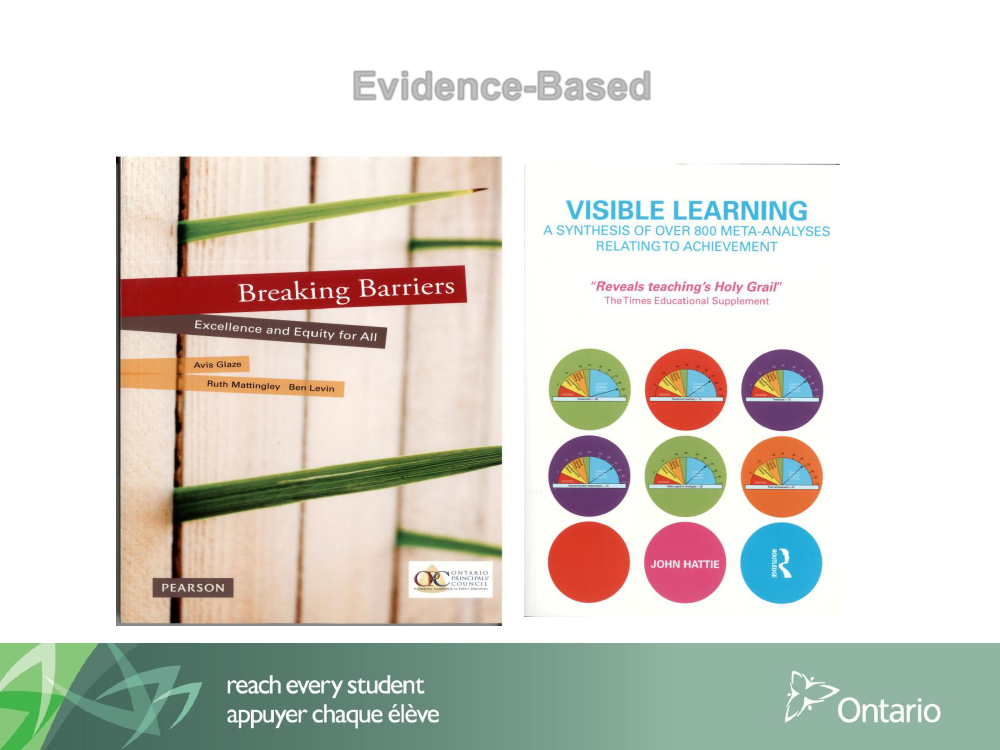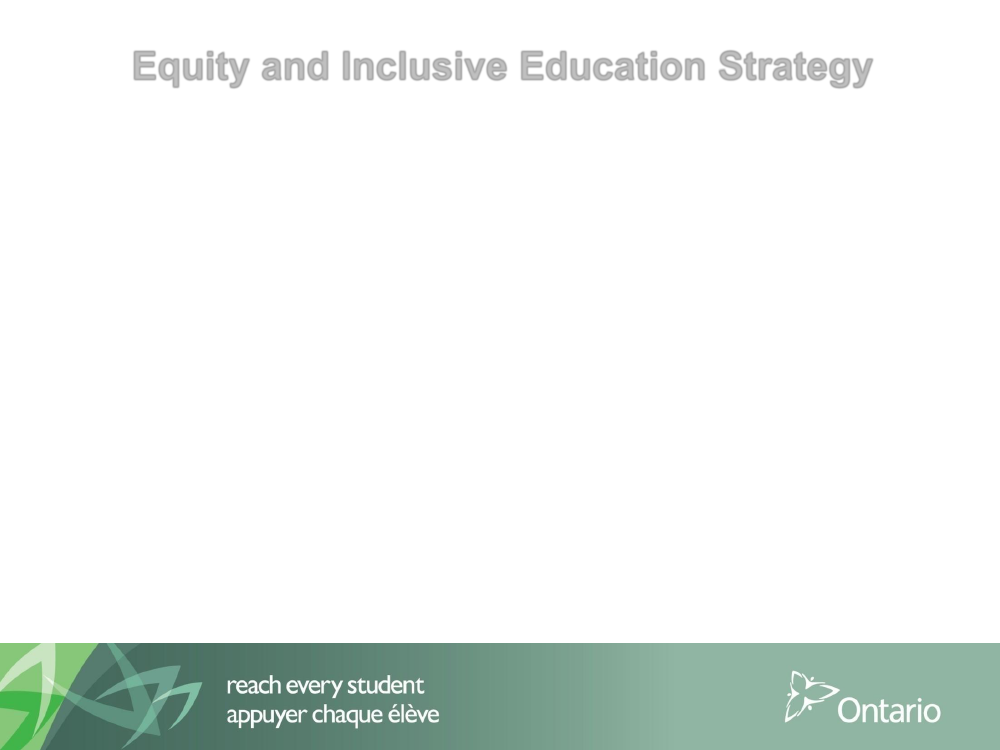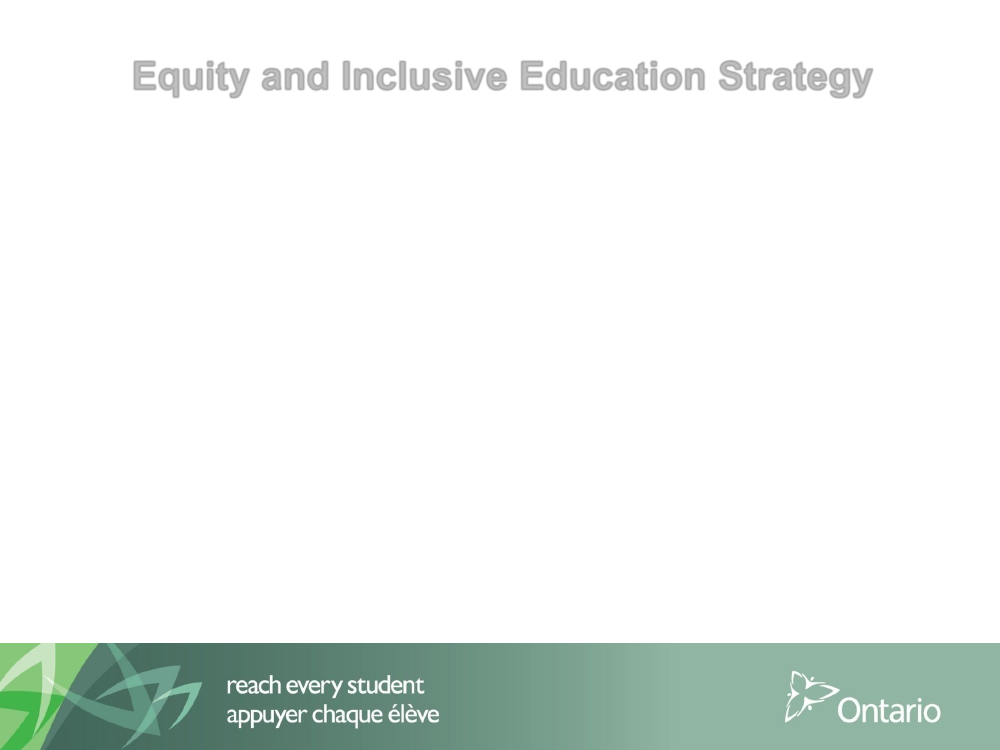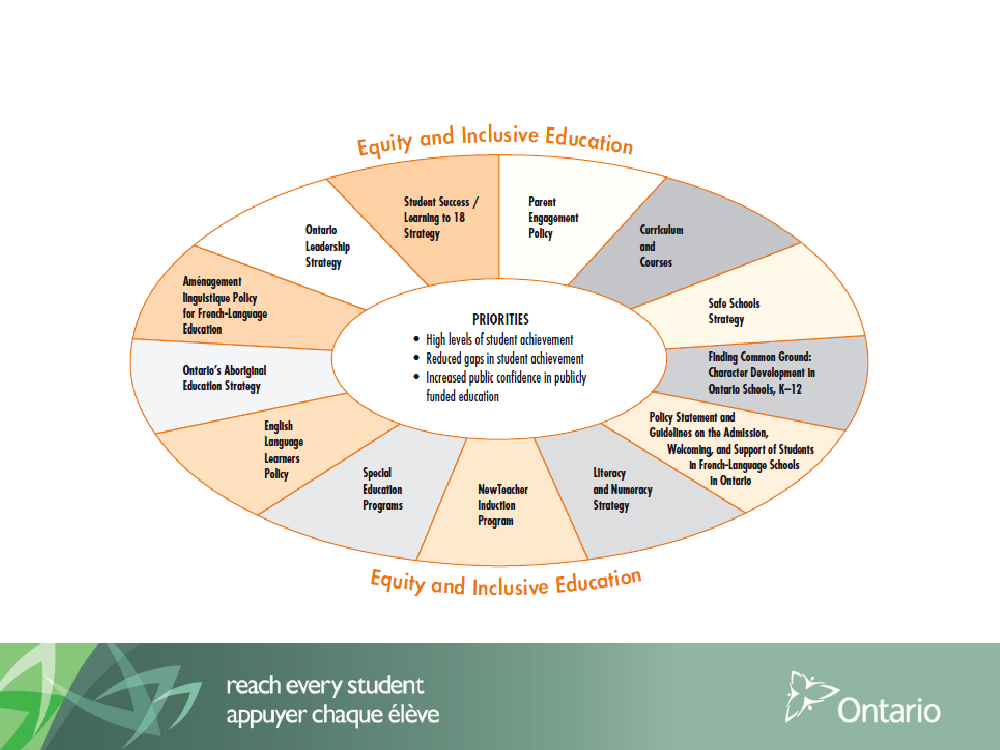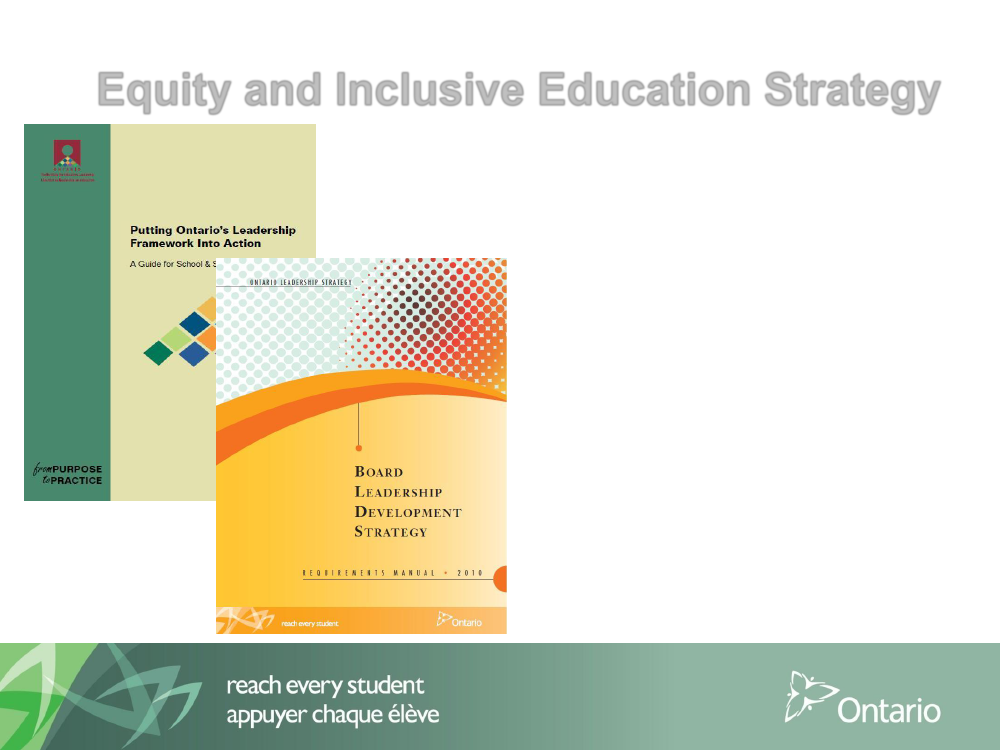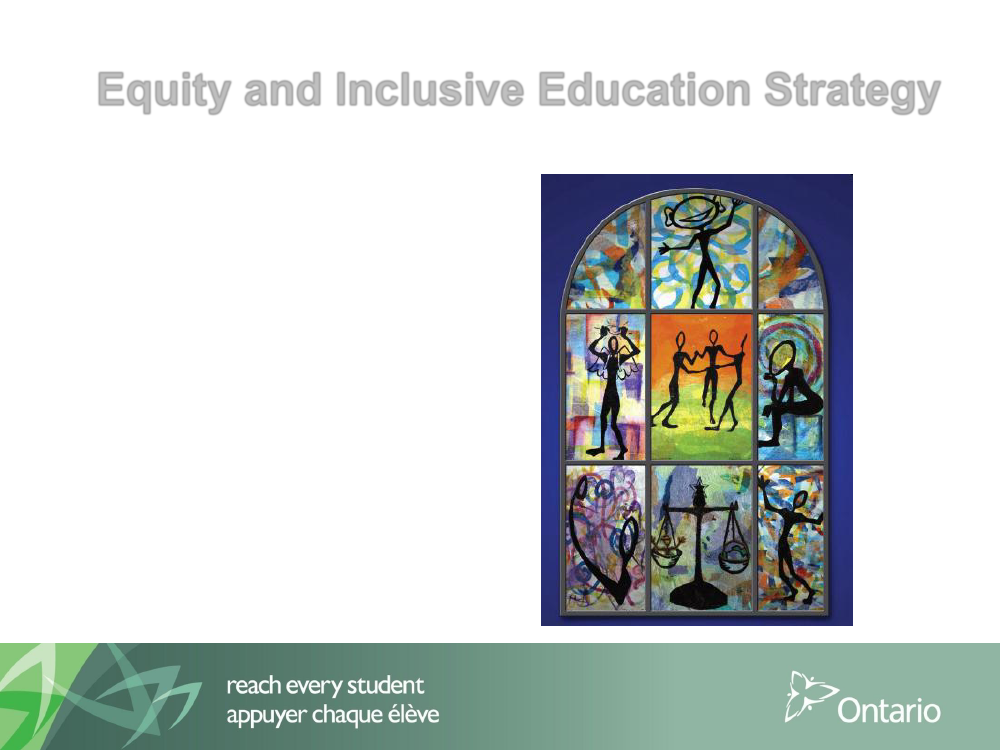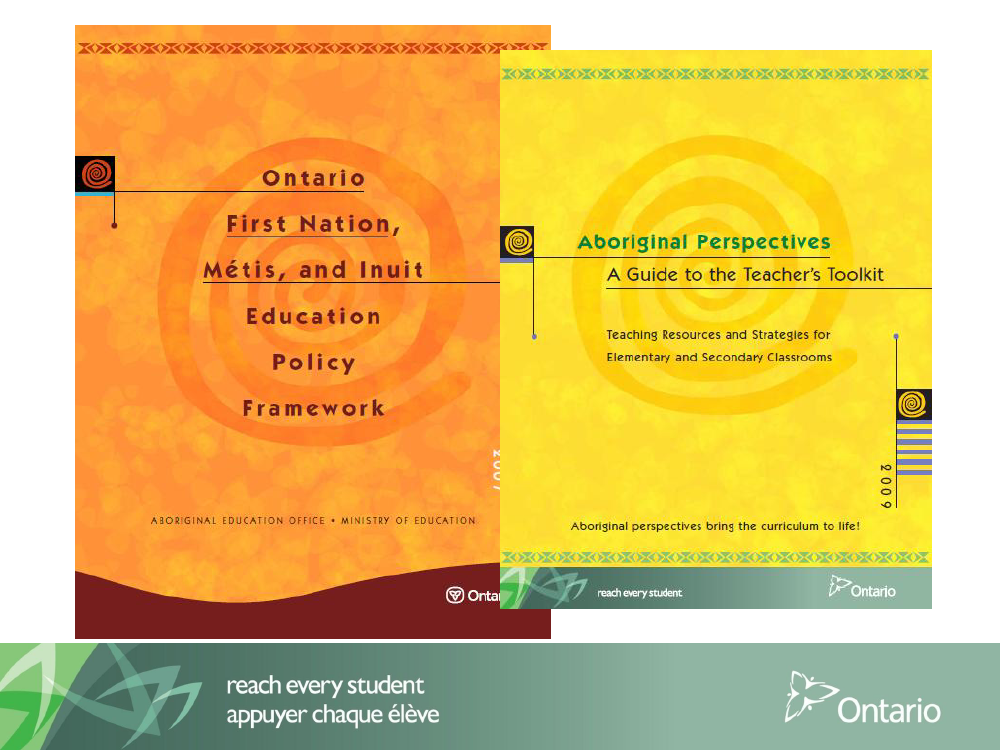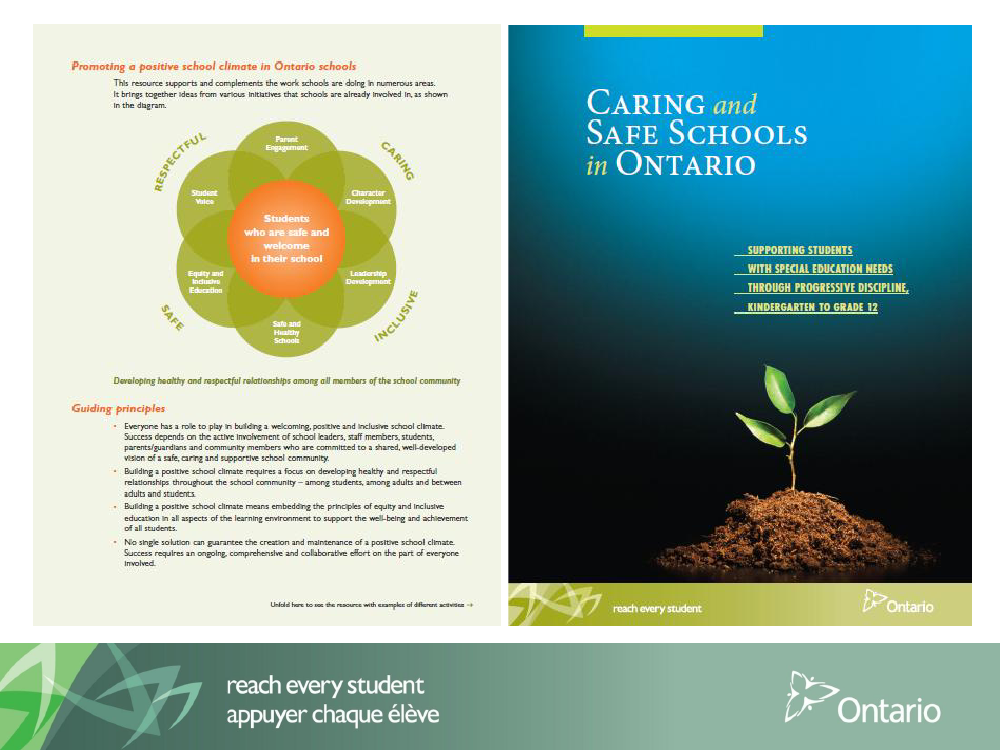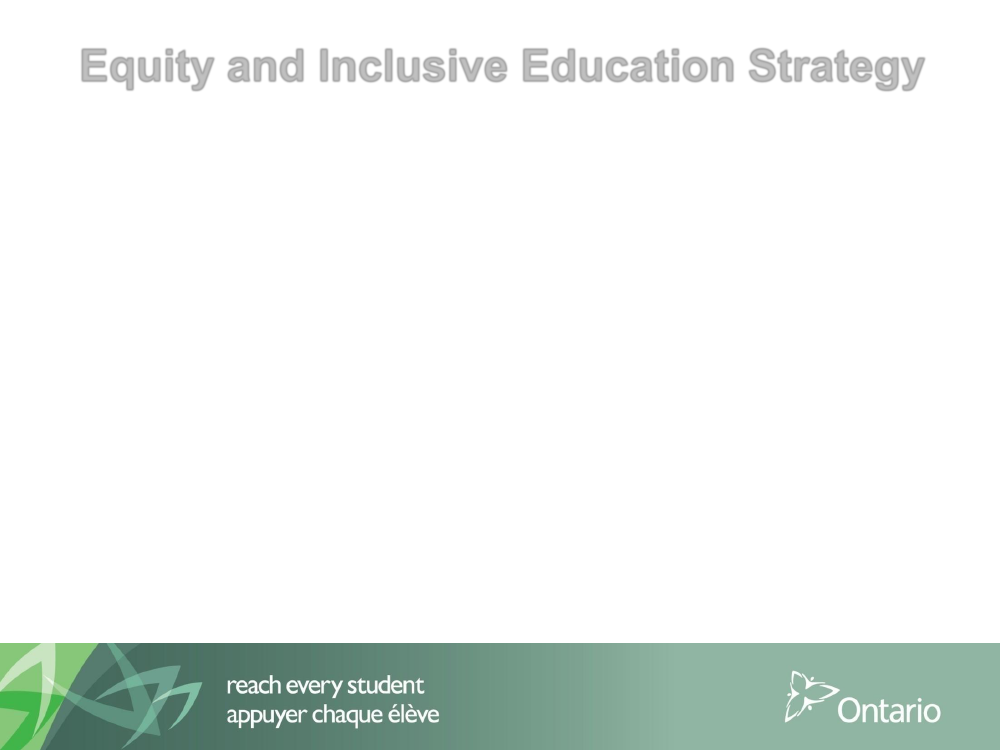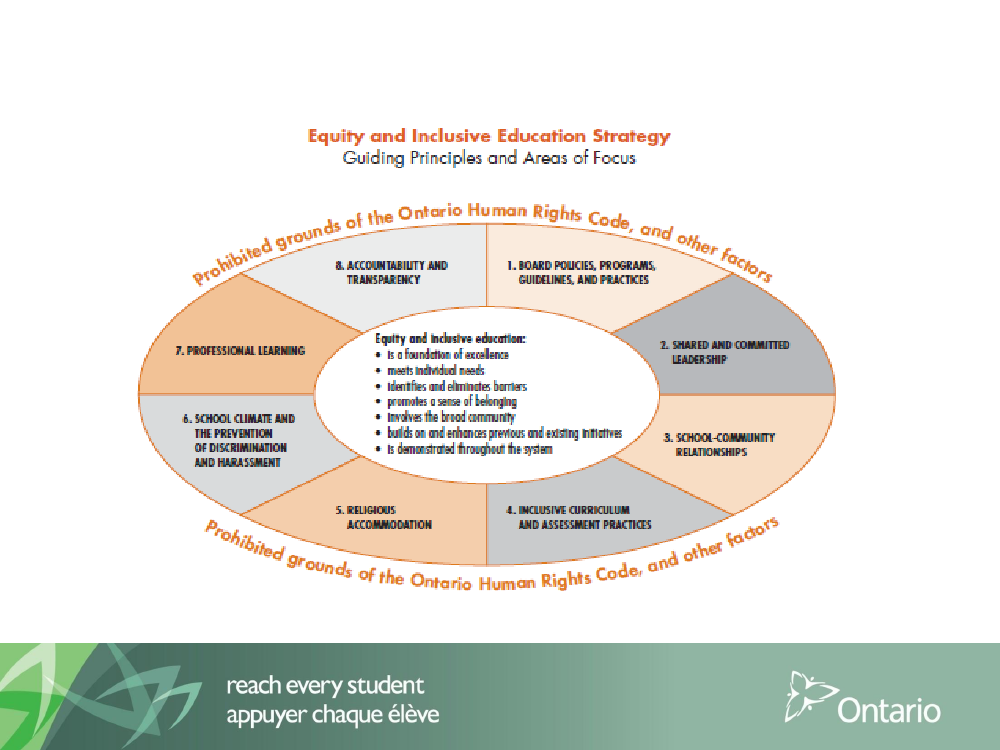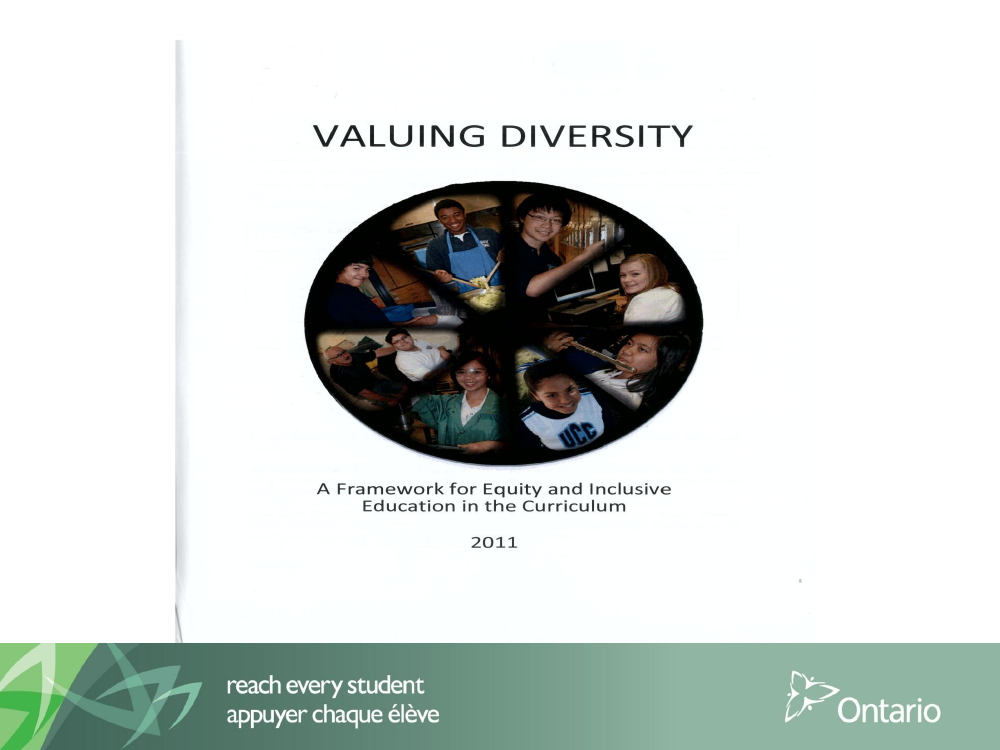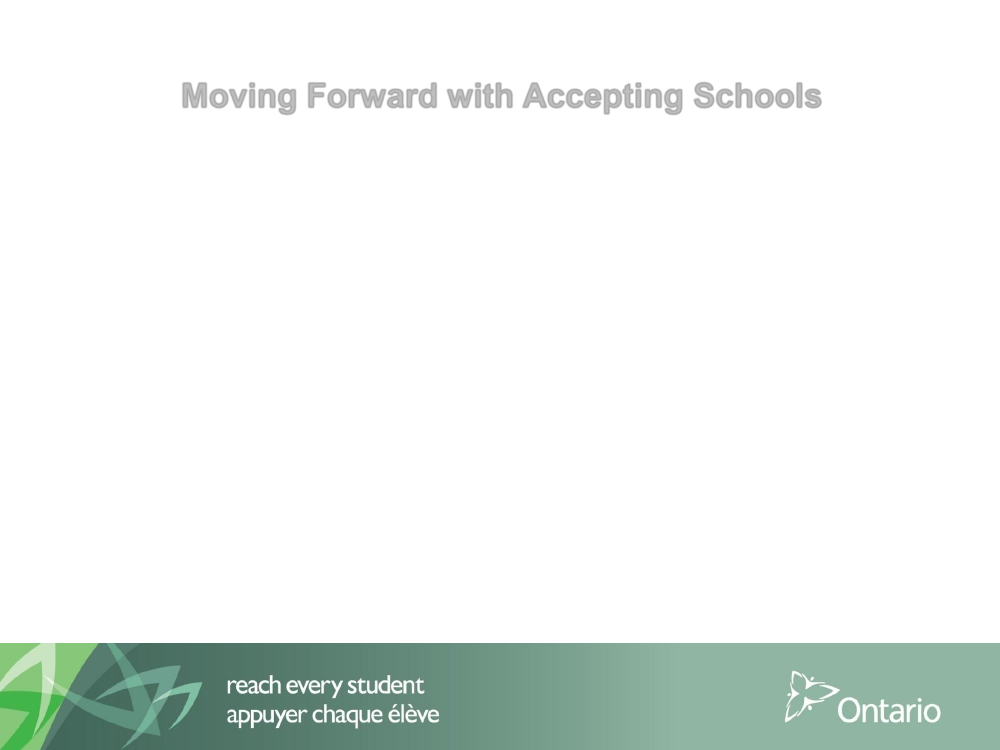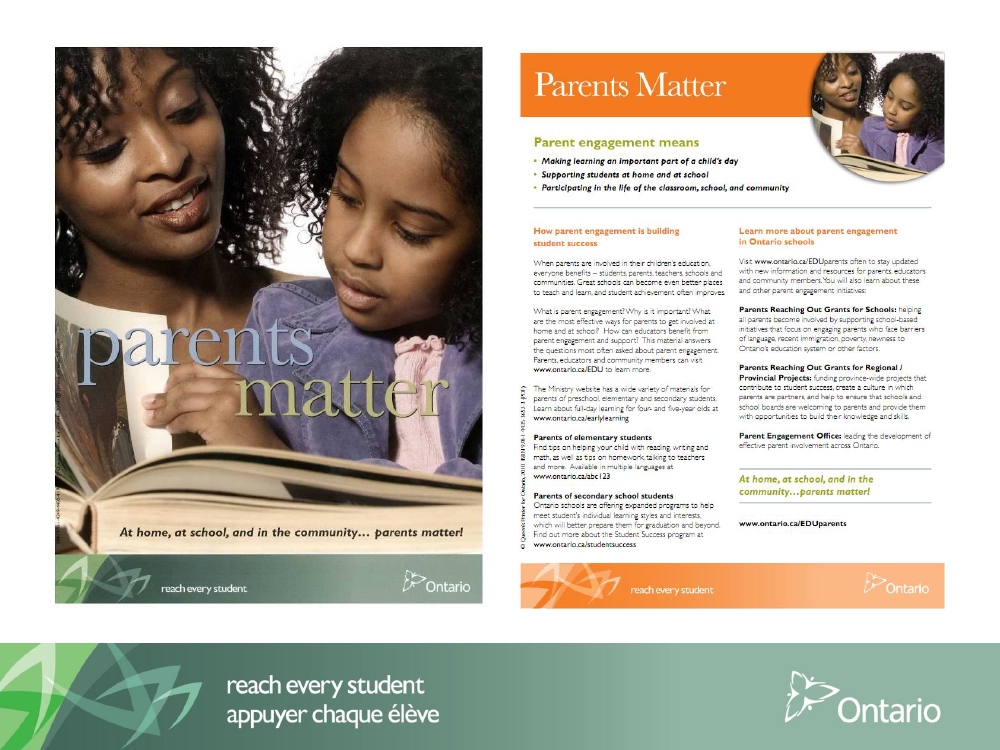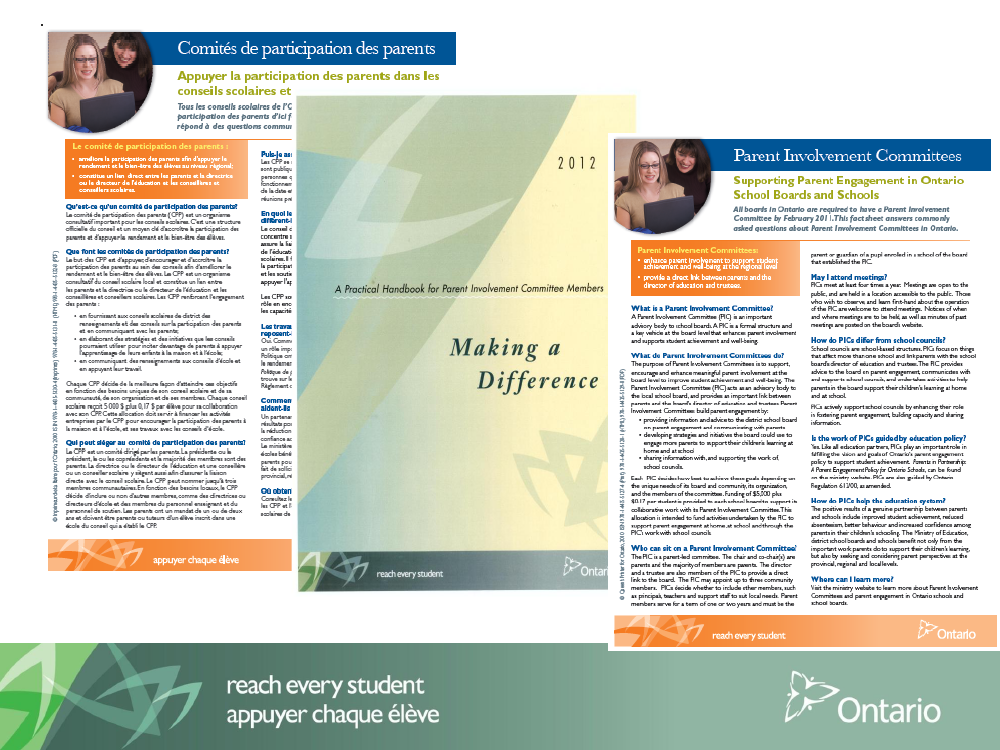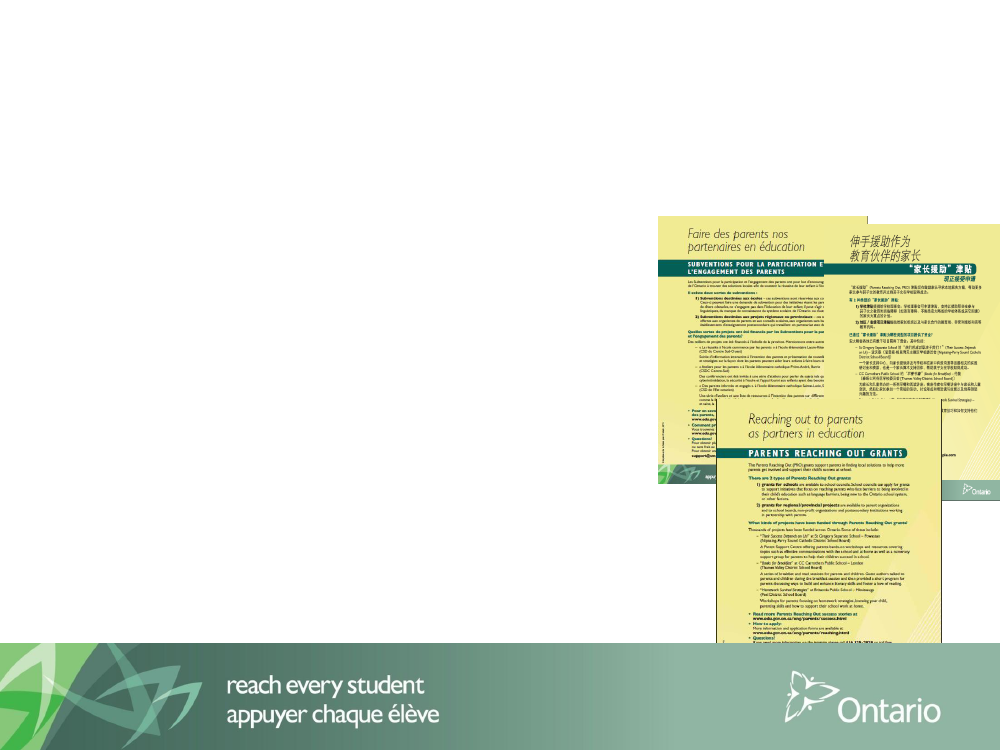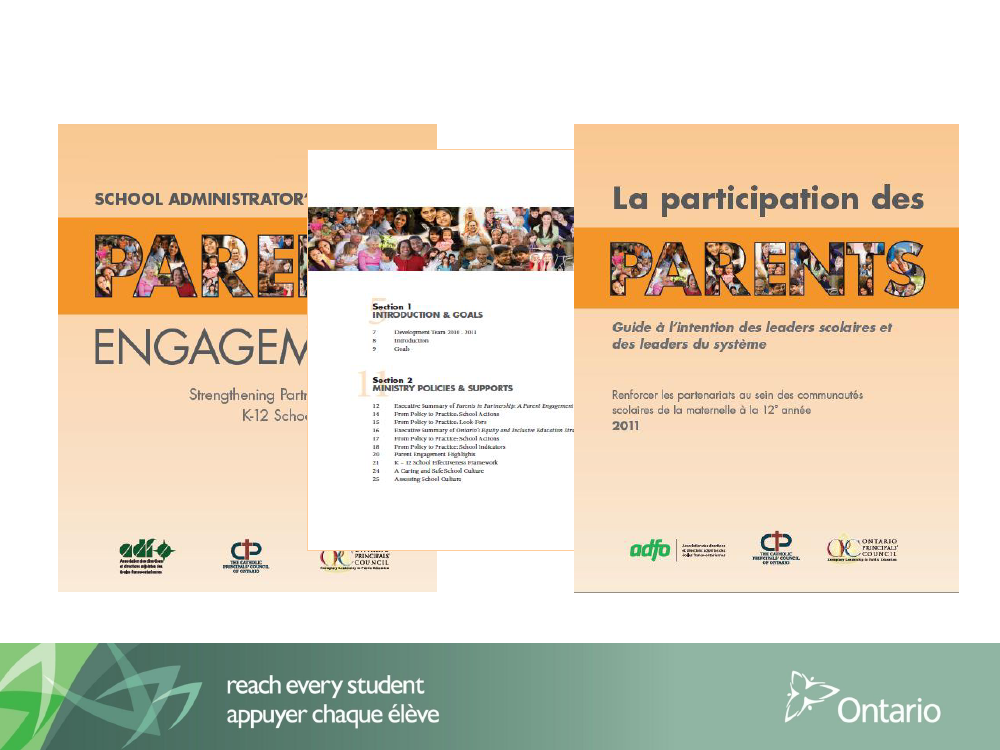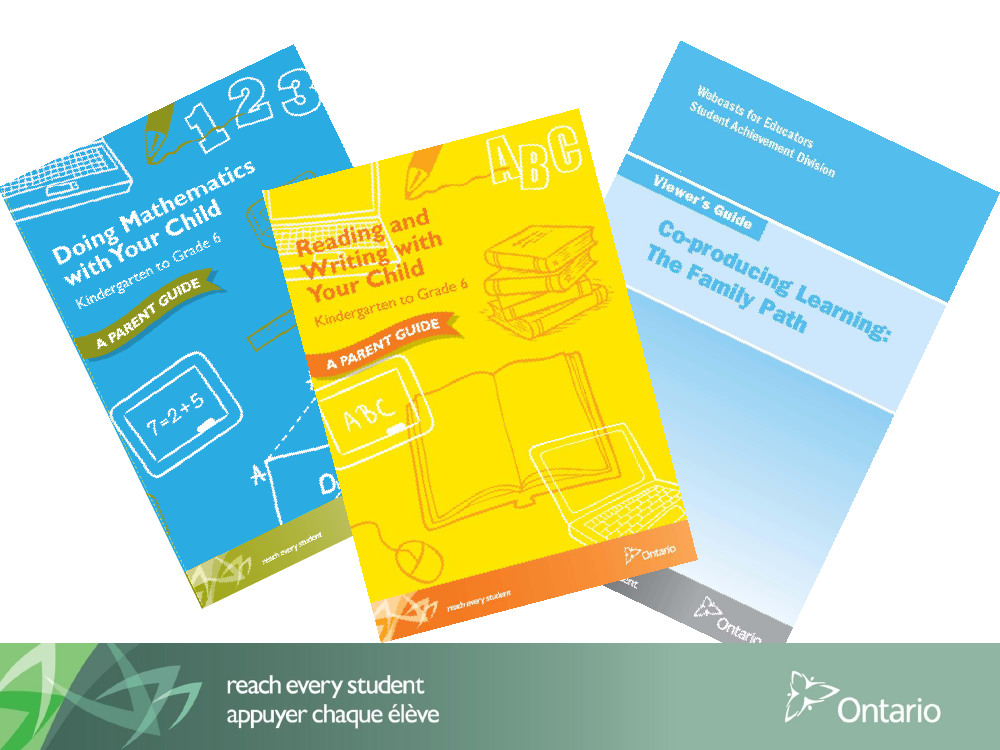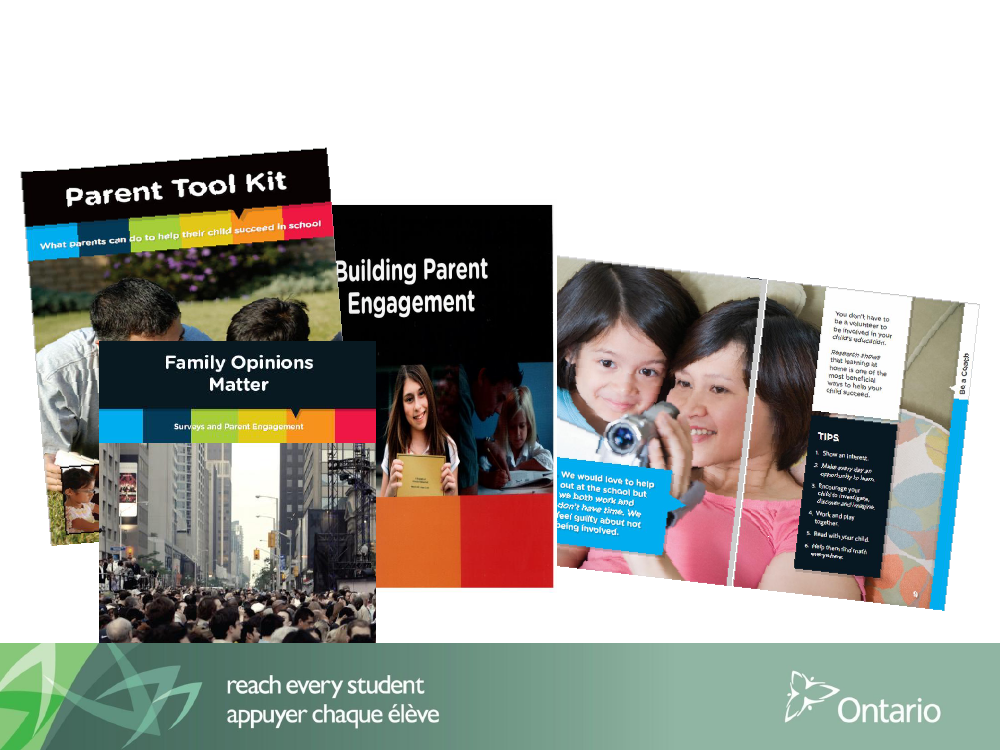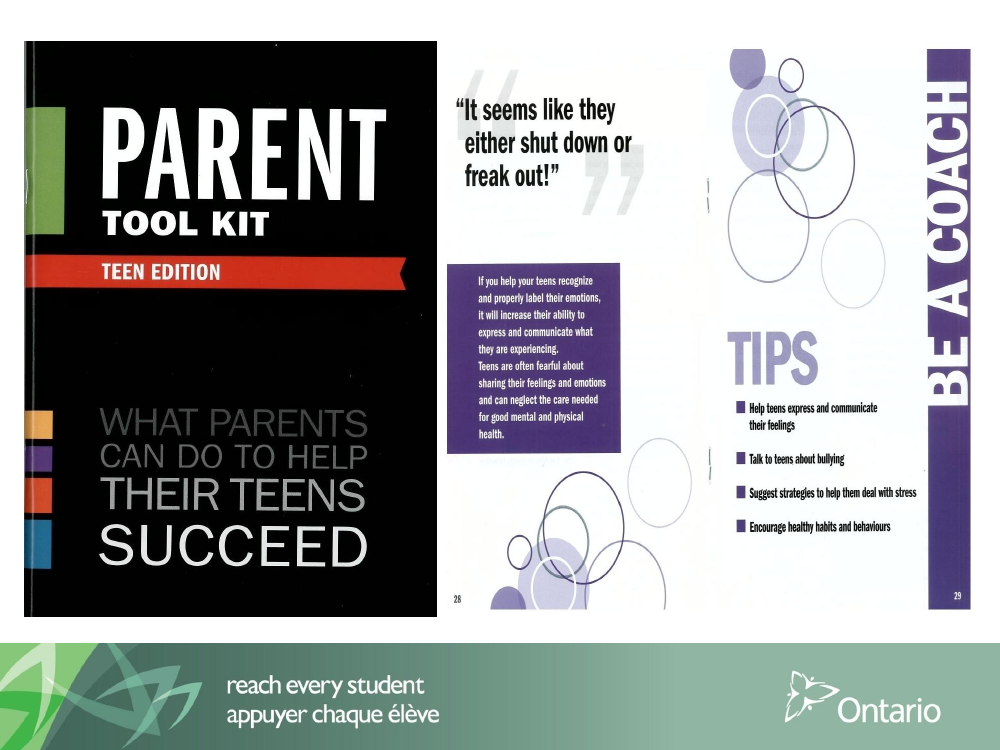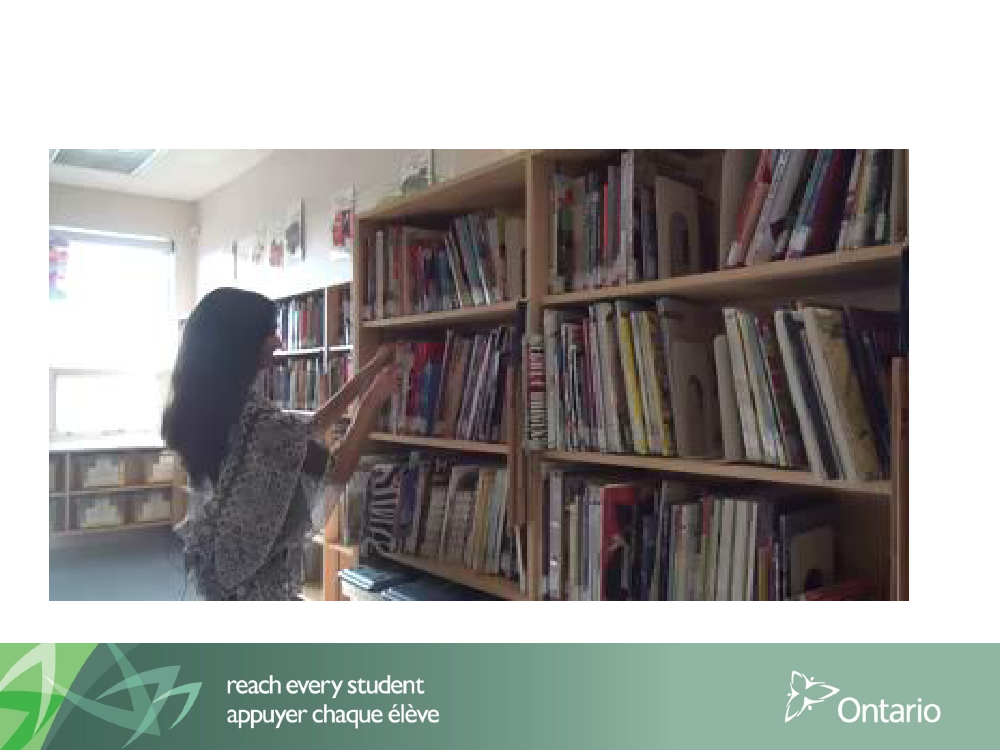Børne- og Undervisningsudvalget 2011-12
BUU Alm.del Bilag 265
Offentligt
Equity, Inclusive EducationandParent EngagementSeptember, 2012
OntarioContext• 2 million students• 27% of studentsborn outside Canada• 4,000 elementary schools• 900 secondary schools• 72 school boards (12 French-language)• 115,000 teachers• 7,300 principals and vice-principals
Equity and Inclusive Education
Equity and inclusivenessare internationallyrecognized as critical tothe delivery of a highquality education in aglobal, knowledge-basedeconomy.UNESCO, 2008
“The schools we create today will shape thesociety that we and our children sharetomorrow.”Ontario’s Equity and InclusiveEducation Strategy, 2009
The Changing Face of Ontario
The Need for Action_______________________________________________• Canadians embrace multiculturalism, human rights, and diversity asfundamental values. However, there are ongoing incidents ofdiscrimination:
– homophobia has risen to the forefront of discussion;– cyberbullying and hate propaganda on the Internet are majorconcerns;– racism, religious intolerance, homophobia and gender-basedviolence are still evident in our communities and, unfortunately, inour schools;• Almost one in three students grade 7 to 12 students have beenbullied in school (Centre for Addiction and Mental Health, 2011).
Vision____________________________________________________
Ontario’s Equity and Inclusive Education Strategysets out avision for an equitable and inclusive education system where all students,parents and members of the school community are welcomed and respected,and every student is supported and inspired to succeed in a culture of highexpectations for learning.- Ontario’s Equity and Inclusive Education Strategy (2008)
Evidence-Based_____________________________________________________________________________________
Equity and Inclusive Education Strategy___________________________________________•The Strategy:
– establishes a framework to help the education community identify andaddress discriminatory biases and systemic barriers to studentachievement;– supports human rights as described in theOntario Human Rights Codeand theCanadian Charter of Rights and Freedoms,with which boardsare required to comply;– recognizes that barriers may relate to the prohibited grounds ofdiscrimination set out in theCode,or other similar factors (e.g. socio-economic status) and that two or more factors may intersect to createadditional biases or barriers to student achievement (e.g. race, sexualorientation and poverty); and– is to be implemented within the context of theEducation Act,whichaffirms the constitutional rights of Catholic and French-language rightsholders in Ontario.
Equity and Inclusive Education Strategy_______________________________________________•As a result every school board now has – for the first time – an equity andinclusive education policy and a religious accommodation guideline inplace. School board policies are to focus on student achievement andinclude eight areas of focus (illustrated on next slide).
•
Seven Equity and Inclusive Education (EIE) Implementation Networks (sixregional English-Language Networks and one Provincial French-languageNetwork) have been established (every school board is a networkmember).School boards are to embed the principles of equity and inclusiveeducation in every aspect of school and board operations and learningenvironments.These principles are purposefully embedded and aligned across Ministryinitiatives (e.g. leadership development, teacher development, safe andhealth schools, student achievement initiatives, Aboriginal education).
•
•
Systemic Approach - Ministry level_____________________________________________
p. 33 of Guidelines
Equity and Inclusive Education Strategy________________________________________• The Ontario LeadershipFramework (OLF) includesknowledge, practices andcompetencies related to equityand inclusive education• The Board LeadershipDevelopment Strategy (BLDS)highlights the importance ofrecruiting and developingleaders that reflect the diversitywithin school and boardcommunities
Equity and Inclusive Education Strategy________________________________________•The Ontario curriculum isdesigned to reflect the diversity ofCanada; and it is to beimplemented in a way thatstudents can see the variety oftheir own backgrounds, interests,and experiences reflected.Acknowledges the values outlinedin the Ontario Catholic SchoolGraduate Expectations – whichrespect and affirm the diversityand interdependence of theworld’s peoples and cultures aswell as the history, culturalheritage, and pluralism of oursociety.
•
18
Equity and Inclusive Education Strategy• Establishing an equitable and inclusive education system is ashared responsibility and requires the commitment of all partners.To support effective implementation:– The Ontario Education Services Corporation (OESC) providedpublic, Catholic and French-language boards with equity andinclusive education policy templates, which many boards haveused as a basis of their policy. The templates were developed inconsultation with Catholic, public and French-languageleadership associations, Institute for Catholic Education (ICE),the Ontario Human Right Commission (OHRC) and two lawfirms.– The Ministry works with a broad and diverse range of equity,parent and education stakeholders to host provincialconferences and to provide training, workshops, web-basedmodules, and resources.
Systemic Approach - Board level_____________________________________________
Moving Forward with Accepting SchoolsBuilding on the success of Ontario’s Equity and Inclusive Educationand Safe Schools Strategies, the government announced anAccepting Schools Comprehensive Action Plan in December 2011,which focuses on a whole school approach to fostering safe,inclusive and accepting schools.“We believe that all students should feel safe at school and deserve apositive school climate that is inclusive and accepting, regardless ofrace, ancestry, place of origin, ethnic origin, citizenship, creed, sex,sexual orientation, age, family status or disability.That’s why Ontariois so committed to making our schools safe, inclusive and healthyplaces for all students.”The Honourable Laurel Broten, Minister of EducationNovember 30, 2011
The Accepting Schools Comprehensive Action Plan• The Comprehensive Plan includes:– Bill 13, theAccepting Schools Act,requires all boards to takepreventative measures against bullying and support students who wantto promote understanding/respect for all;– New mental health support workers into schools as part of Ontario’s 10-year Mental Health and Addictions strategy – and continued support forKids Help Phone;– An Accepting Schools Expert Panel to provide advice about resourcesthat focus on a whole school approach, including prevention and earlyintervention;– Providing direction to Ontario’s Curriculum Council to report back nextyear on strengthening equity and inclusive education principles, andbullying prevention strategies across the curriculum and suggestingways to support this learning in Ontario schools; and– Launching a public awareness campaign that will stress that allOntarians have a role in preventing and ending bullying.
Parent Engagement: An EssentialComponent•Parent Engagement is an essential component of Ontario’s Equity andInclusive Education Strategy.In the fall of 2010, the Ministry released Parents in Partnership: A ParentEngagement Policy for Ontario Schools.The policy formally recognizes and supports a vision ofparents as both valued partners and active participantsin their children’s learning at home and at school.
•
•
Funding for Parent Engagement• Base funding, for PICs ($5,000 per school board + $0.17 per student) tosupport the work of the Parent Involvement Committee (PIC).• Funding for school councils ($500 per school) in support of enhancedparent involvement: to broaden the events for parents, and/or to enhancecommunication e.g. translation of materials.• Funding is provided to four provincial associations: Parents partenairesen éducation; People for Education; The Ontario Federation of Home andSchool Associations; Ontario Association for Parents in CatholicEducation.• Since 2006, the government has awarded almost 11,000 PRO grants toschool councils and 372 regional/provincial grants.
30
What is Parent Engagement?There are many different types of parent engagement. Parents contribute to their children’s learning athome, school and board:•At home, parents create the conditions to support student learning (e.g. read to their children, andhelp with homework).At school, parents participate in parent-teacher dialogues, volunteer in the school and on schooltrips, and participate on school councils.At the board, parents provide advice on parent engagement and communicating with parents asmembers of the Parent Involvement Committee (PIC).
•
•
31
Importance of Parent EngagementWe believe that when parents are engaged and involved, everyone benefits, and our schoolsbecome an increasingly rich and positive place to teach, learn and grow.• The more families support their children’s learning and educational progress, the more theirchildren tend to do well in school and continue their education.• Parent involvement that is focused on student learning has the greatest impact on studentachievement compared to other forms of involvement. In particular, programs andinterventions that engage families in supporting their children’s learning at home are linked tohigher student grades and higher graduation rates, better social skills, improved behaviour,and regular attendance. (Henderson and Mapp, 2002)“…half of the achievement we’re responsible for as educators happens out there, so if we can dosomething out there to encourage more productive learning conditions, we can hit somehome runs!” (K. Leithwood, 2012: Co-Producing Learning: the family path, webcast)Parents need to hold high aspirations and expectations for their children, and schools need towork in partnership with parents so that the home and the school can share in theseexpectations and support learning. (J. Hattie, 2009)
32
34
The Minister’s AnnualPIC Symposium
35
Parents Reaching Out (PRO) GrantsParents Reaching Out (PRO) grants support enhanced parent engagement at thelocal, regional and provincial levels with a particular focus on parents who facebarriers to parent engagement.
In 2010 the PEO's PRO Grants program receivedinternational recognition through a McKinsey &Company report analyzing high-achieving schoolsystems across the world. The successful andinnovative PRO Grants program sets Ontarioapart from every other country by helping parentsidentify barriers to parent engagement in their owncommunity and find local solutions to help moreparents get involved in their children’s education.
36
School Administrator’s Handbook
37
38
Building Parent Engagement: ParentTool Kit & GuidebookDesigned to support parents intheir important role contributing toimproved student achievement fortheir children.
39
39
The Capsule Family GetsInvolved
41
41
The Capsule Family: The Telephone Call From School
The Capsule Family: Creating A Place For Study
Change
Thank You


